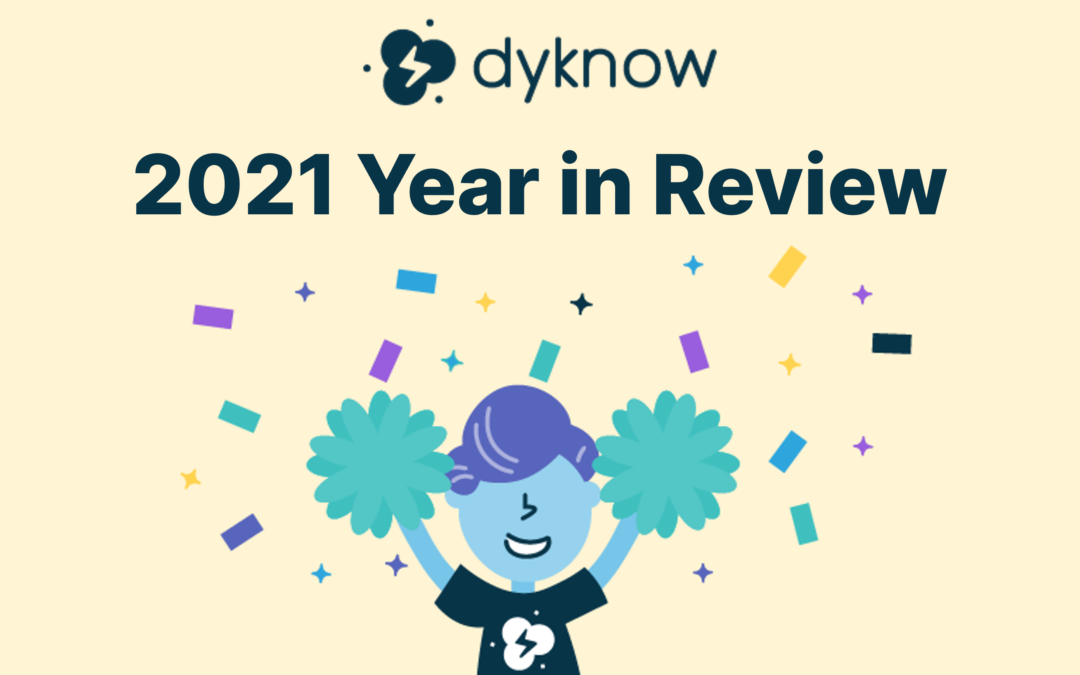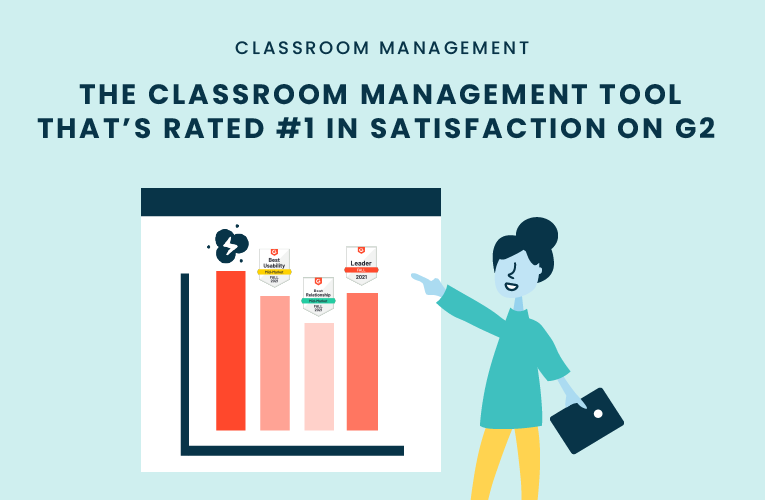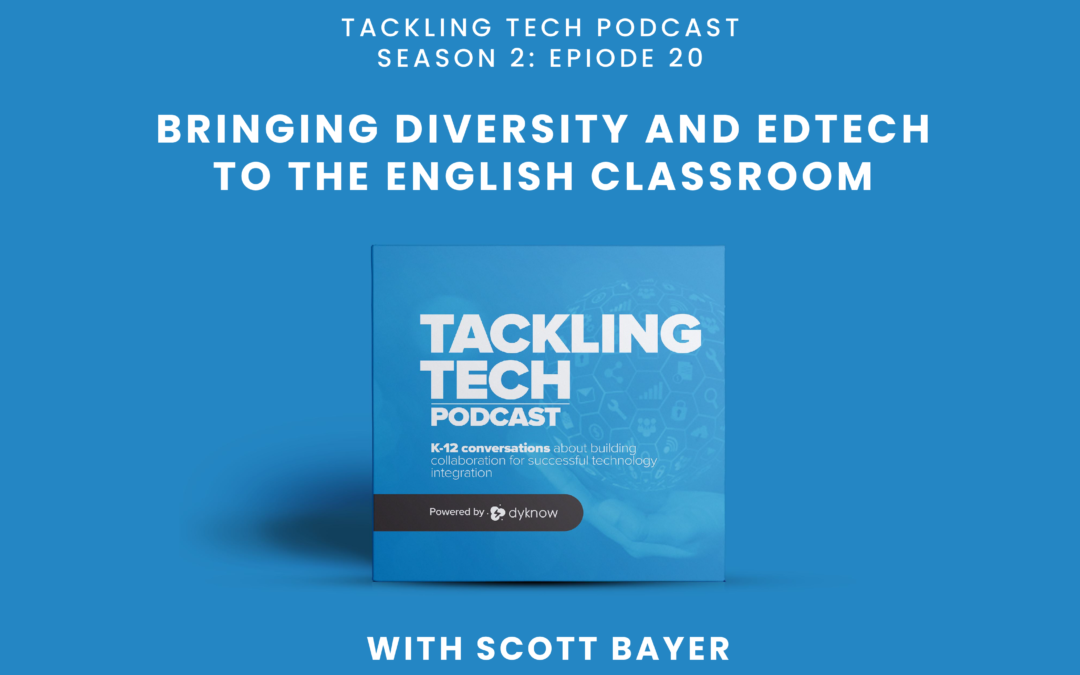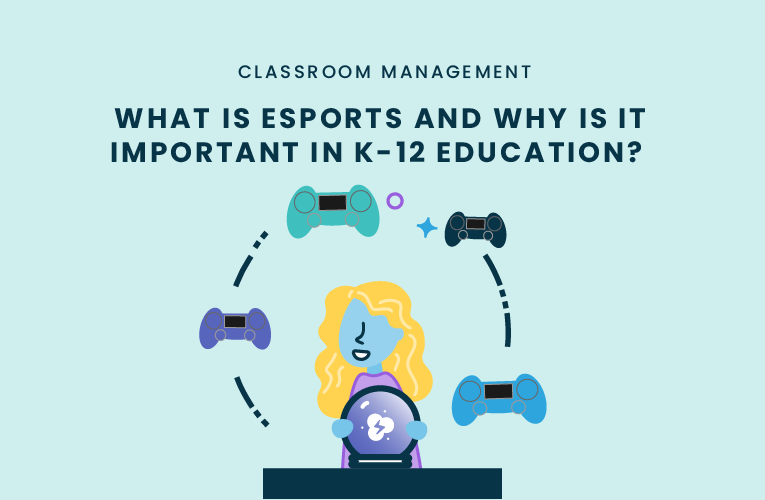The eSports industry has been around for years, but it’s only been recent that eSports has made its way into K-12 classrooms and curriculums. With the growing popularity of eSports in K-12 education, questions arise as to what eSports is, why it should be included in schools, and how to effectively implement an eSports curriculum.
What is eSports?
Simply put, eSports is live sports culture being applied to video games. An international phenomenon for almost a decade, eSports has recently gained more traction in the United States over the past few years. Traditionally, eSports are played as organized competitive gaming tournaments with various prizes. The competitive nature of eSports has surpassed the virtual nature of players interacting purely through the games from their homes. These tournaments now take place in large arenas in front of audiences made up of thousands. eSports has gone beyond integrating live sports competitive culture into video gaming, but applying every realm of live sports (sponsorships, setting, audience, merchandise, etc.) into a gaming culture that was once singular. However, eSports has recently become a hot topic of conversation in the education space, spanning all the way from K-12 to higher education institutions. This brings into question the process of figuring out how eSports fits into K-12 education.
Why is eSports important to K-12 education?
“Schools should care about eSports because students care about eSports.” This is Mike Washburn‘s, Head of Curriculum & Training for Logics Academy Canada, approach to the “why” of eSports in K-12 education. The fact of the matter is that students are playing video games. Whether it is at home after school, on the weekends, or at a friend’s house, students are spending countless hours every week playing these video games. Schools are constantly talking about meeting students where they are, and bringing school and outside interests closer together. So, why wouldn’t you integrate eSports into K-12 curriculum? When these activities are not integrated into K-12 schools, students tend to fall behind because they are playing these games during class, or staying up late into the night beating their high score.
Mike Washburn’s approach explains that students are showing us what they care about. If we listen to them and integrate eSports into curriculum, students will be applying things they’re passionate about to school, and become passionate about school. Additionally, gaming culture can be very isolating for students, so creating an eSports curriculum can help you reach students who feel like they’ve never been connected with, and create a community for like-minded students.
A larger why:
eSports curriculum also opens doors for students. Giving them early exposure to all facets of the eSports world can help prepare them for future opportunities in graphic design, coding, leadership, video production, and art direction. While they won’t jump into these roles right out of their K-12 career, it could help spark their interest when moving into higher education.
How do you start an eSports program in your school?
The first instances of eSports in education was at the college level, starting as clubs and then growing into varsity teams and leagues. It can be a bit more difficult to integrate eSports into K-12 education, because there are tensions around space, place, and how to fit it into the curriculum. In order to begin to implement an eSports program, you need first decide what you are trying to accomplish. Do you just want to create a club and social environment, or should it be a varsity type sport? You should also be prepared with how the eSports program will differ based on the age group in terms of games, supervision, practice hours, and expectations.
A few things to consider…
Discussions around eSports programs in K-12 education are growing and consist of many differing opinions on the topic. These are some of the biggest questions and considerations to think about when developing or refining an eSports program.
How to construct an eSports practice schedule?
Just like any extra-curricular activity, an eSports program should have a set practice schedule with expectations for student accountability and performance. Steve Isaacs, Game Development Teacher at William Annin Middle School, says that his eSports team practices 5 days a week for 2 hours a day, with the option to take one day off. He also explains that it can be useful to split the group into sub-teams and conduct challenges built by the students that the teacher will judge. Since eSports is something that students can practice from home, teachers can create expectations for practicing at school with their team as well as at home. However, it’s important for eSports leaders to set boundaries for students. Students should not be practicing their eSports skills during class, as this is distracting and takes away from other teachers’ lessons, giving students a designated practice time during the day should help to discourage them from playing these games during other classes.
Should elementary students be playing eSports?
This is a complicated topic that has strong opinions on both sides of the answer. According to Elizabeth Newbury, Director of the Serious Games Initiative, the answer is YES. While there are pitfalls to eSports in the elementary curriculum, teachers can find ways to integrate eSports programs into elementary schools appropriately. Choosing appropriate games for each age group is of the utmost importance. Games like Mario Kart, Minecraft, Just Dance, and Rocket League are some of the best games to incorporate in elementary eSports programs. In addition to what games they are playing, elementary school is the perfect age to start educating students on eSports culture. It’s important to show kids from an early age that gaming is both a culture and a community that they can and should participate in. Too often gaming is thought of as an exclusive niche that not everyone should be a part of, but educating students that they can and should participate is key to growing your eSports program.
How much money do you need to start an eSports program?
J Collins, the founder of Liminal Esports, says that he was able to start an eSports program at his school for $60 (for one game license). Other advice from those who started eSports programs at their school is to purchase a $300 Nintendo switch and a few controllers to get you off the ground, and once you start to grow, seek additional funding from the school.
Get students to stop playing games during class!
Latest blog articles

Dyknow 2021 Year In Review
In addition to web browser updates and bug fixes, Dyknow released several major product updates, new features and enhancements. Check out Dyknow’s 2021 Year in Review!

The Classroom Management Tool that’s Rated #1 in Satisfaction on G2
K-12 Administrators across the world trust G2 as the #1 platform to find, research, and choose EdTech tools that solve the most pressing problems their teachers are experiencing. In G2's Fall 2021 Reports, Dyknow was once again rated #1 in overall Satisfaction out of...

Bringing Diversity and EdTech to the English Classroom
On this episode of Tackling Tech, Tierra Leustig interviews Scott Bayer about being an anti-racist teacher, diversifying reading lists, creating inclusive learning environments, and leveraging ed-tech in non-technical ELA classrooms. Scott Bayer is a High School...

